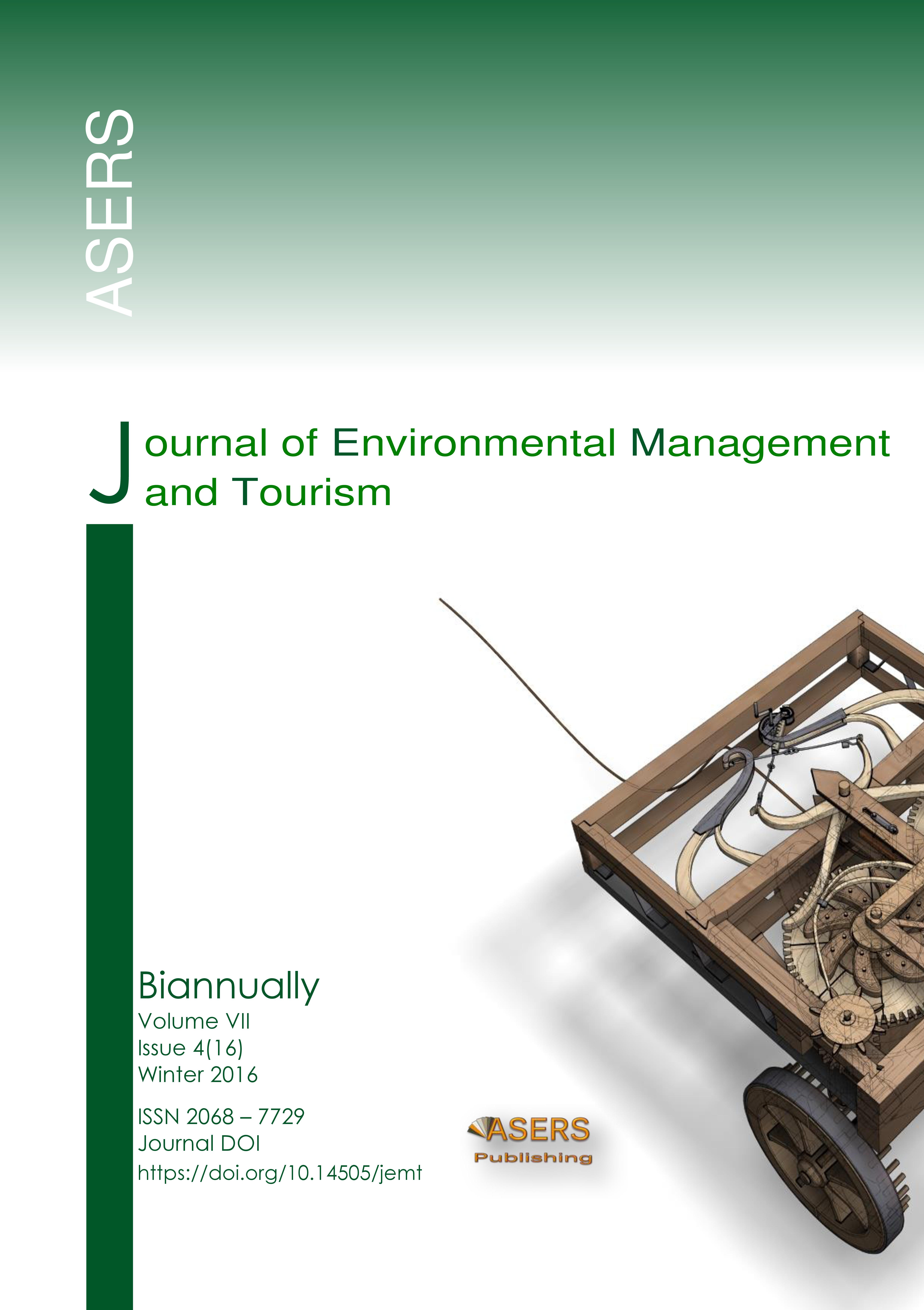Cultural Heritage as a Tourist Destination: A Focus on Surakarta Kasunanan Palace in Indonesia
Cultural Heritage as a Tourist Destination: A Focus on Surakarta Kasunanan Palace in Indonesia
Author(s): MARIMIN MARIMINSubject(s): History, Economy, Tourism
Published by: ASERS Publishing
Keywords: image; cultural heritage; Surakarta Kasunanan Palace.
Summary/Abstract: Surakarta Kasunanan Palace is one of the historical palaces in Indonesia. If its local values and integral cultural heritages are clearly understood, conserved and diversified, they could be useful for the society because of the palace’s symbolic and structural meanings embedded in its surrounding and architect. The present study is a qualitative research which aimed to analyze the images of the palace as a tourism as well as cultural object within the central Java region of Indonesia. The data was collected through participatory observation, in-depth interview, and document study, and is analyzed using Structuralism and Postmodernism Theory. The results of the study show that Surakarta Kasunanan Palace has not been a popular tourism destination. The attractions and sites of the cultural heritage have not been optimally explored, integrated, and coordinated. It is mainly because there were two ruling kings. Their effort to seek influence over and support from the people cause a lot of problems among the royal family, the regional government, and the society, in terms of developing a general policy of tourism development. Concerning image of the palace in general, the people of Surakarta believe that their pride of the palace and the cultural heritage is not as high as the previous king. However, people still believe in the cultural values and meaning of the symbols in the palace. The development of cultural site and attraction can be carried out through conserving and creating income for the palace, the people, and the regional capital revenue of Surakarta; in which the key factor is communicationamong the stakeholders. On the other hand, the artifact and cultural attraction of the palace, as a tourism destination, may bedecrease in value, from sacred objects to profane attraction in the global world. Therefore, it needs a continuous conservation strategy to preserve the image of the palace as cultural heritage and the implementation of local wisdom. To develop the palace as a tourism object, it needs an integrated development model, better accessibility to the surrounding infrastructure of the palace. It also needs better management of human resources as the primary capital of tourism development. The palace, and regional government, needs to cooperate in a more integrated way to plan and execute the tourism, as well as to organize the cultural tourism products, by developing standard facilities of tourism objects, based on the concept of sustainable development.
Journal: Journal of Environmental Management and Tourism (JEMT)
- Issue Year: VII/2016
- Issue No: 04 (16)
- Page Range: 723-732
- Page Count: 10
- Language: English
- Content File-PDF

